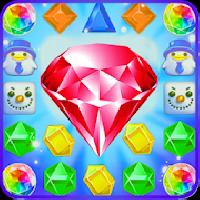|
Tips, Tricks, and Strategies for "What Time Is It?" Clock Game
- Understand the basics: Make sure the kids have a solid understanding of the concept of time, including hours, minutes, and the relationship between the two.
- Teach analog clock reading: Start by teaching the kids how to read an analog clock. Explain the different parts of the clock (hour hand, minute hand, and second hand) and how they correspond to the passage of time.
- Practice time telling: Provide ample opportunities for practice in reading the time on analog clocks. Use real-life examples and encourage the kids to read the time whenever possible.
- Introduce digital clocks: Once the kids are comfortable with analog clocks, introduce them to digital clocks. Teach them how to read and interpret the numbers displayed on a digital clock.
- Play interactive games: Engage the kids in interactive games that involve time-telling. Use online resources, educational apps, or create your own games using flashcards or a clock board.
- Use visual aids: Utilize visual aids such as colorful posters, flashcards, or worksheets to help reinforce the concept of time and make learning more engaging.
- Make it fun: Incorporate fun activities like time-based scavenger hunts or timed challenges to make learning about time enjoyable for the kids.
- Provide real-life examples: Relate the concept of time to real-life situations and activities that the kids can easily understand. For example, discuss daily routines, schedules, or events.
- Set achievable goals: Set small, achievable goals for the kids to master time-telling skills. Gradually increase the difficulty level as they progress.
- Repetition and reinforcement: Time-telling skills require repetition and reinforcement. Continuously review and practice the concepts to ensure long-term retention.
|






















